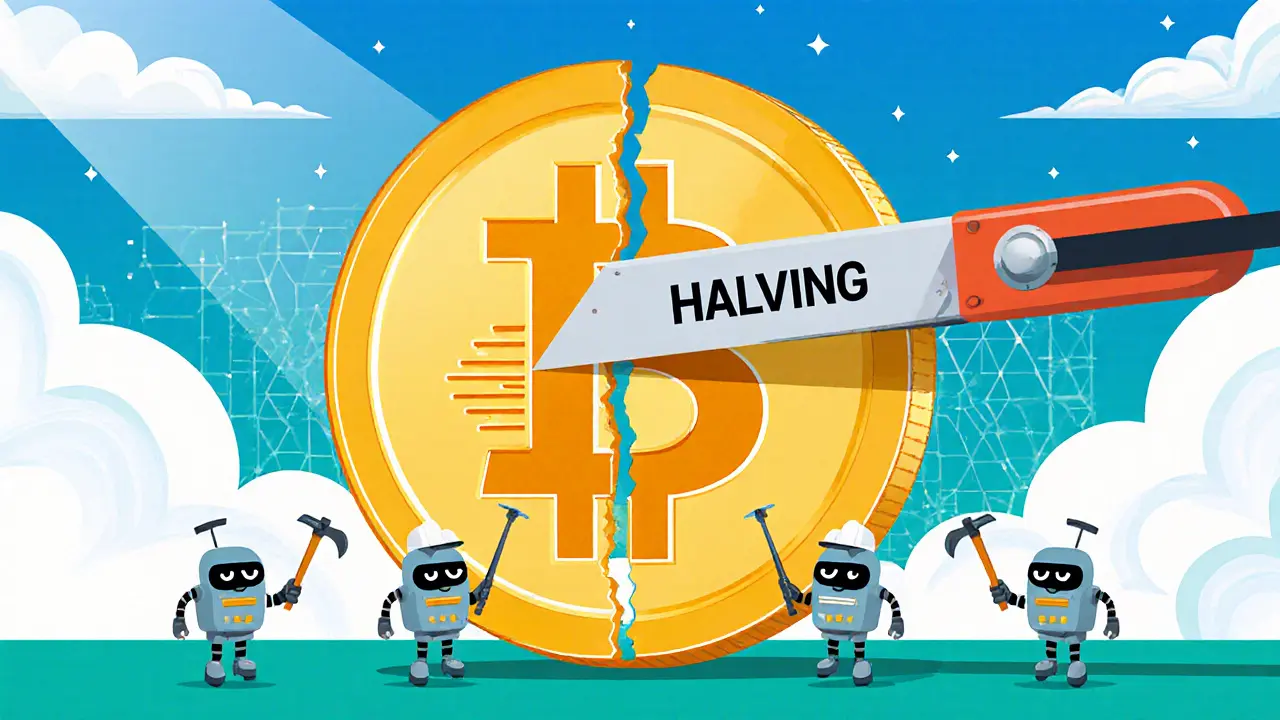Electricity Cost in Crypto Mining: What You Need to Know
When working with electricity cost, the amount you pay for the power that runs your mining rigs and other crypto‑related hardware. Also known as energy price, it directly decides whether a mining operation stays profitable or goes under. Because crypto mining is a power‑hungry business, any change in electricity cost ripples through the entire ecosystem, from individual hobbyists to large‑scale farms.
Why Electricity Cost Drives Bitcoin Mining Decisions
The first big player affected by power prices is Bitcoin mining, the process of securing the Bitcoin network by solving computational puzzles. Miners earn Bitcoin rewards, but they must also cover the electricity bill that powers thousands of ASIC machines. When electricity cost rises, the profit margin shrinks, forcing miners to either upgrade to more efficient hardware or shut down. Conversely, low power rates can turn marginal operations into cash‑flow positives, attracting new entrants and boosting network hash rate.
Another key factor is the mining pool, a collective of miners who combine hash power and share rewards. Pools spread out electricity cost across many participants, reducing the per‑unit expense for each miner. Choosing a pool with lower fees and smart power‑sharing algorithms can lower your break‑even point, especially in regions where electricity is pricey.
Beyond the pool level, energy consumption, the total watts used by mining equipment over time determines how much you’ll pay. Modern ASICs and GPUs boast better joules‑per‑hash ratios, meaning you get more mining power for each kilowatt‑hour. Monitoring your equipment’s efficiency and tweaking settings (like undervolting) can shave off significant costs without sacrificing hash rate.
Geography also plays a huge role. Regions with cheap, stable power—such as certain parts of the USA, Kazakhstan, or Iceland—become mining hotspots because the electricity cost component of the profit equation is low. Meanwhile, areas with high tariffs or frequent outages see miners either relocate or invest in on‑site renewable solutions. Solar, wind, or hydro power can lock in a predictable rate and shield operations from market volatility.
All these pieces—Bitcoin mining, mining pools, energy consumption, and regional power pricing—connect back to the central question: how can you manage electricity cost to stay ahead? Below you’ll find a curated set of guides, exchange reviews, and airdrop updates that touch on everything from the latest mining pool trends to ways to reduce your crypto energy bill. Dive in to see how cost‑aware decisions can boost your bottom line and keep you competitive in the fast‑moving crypto space.

21
Sep
Learn how Bitcoin's halving cuts miner rewards, impacts hash rate and security, and forces miners to chase cheap energy and new tech. Practical tips and real‑world examples help you stay profitable.
Read More
